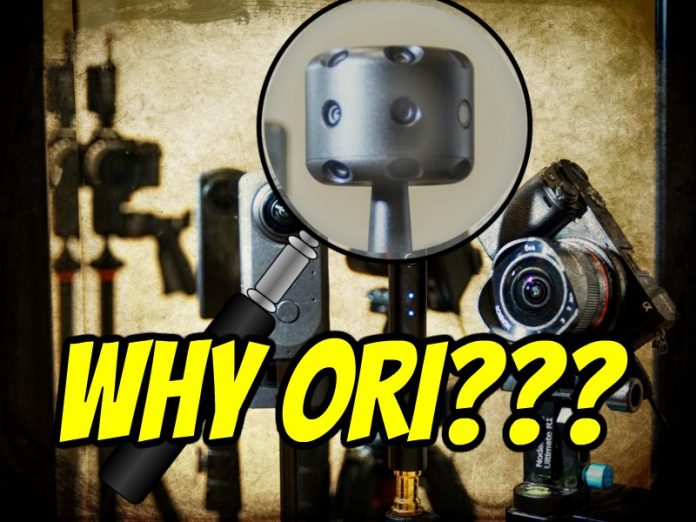L’articolo è riportato dal sito collegato al link che state leggendo. Clic per collegarsi al sito originale.
Clic to view the source link
One of the most common questions I get about XPhase Pro (reviewed here) is, “Why the [__fill in the expletive__] does XPhase use a proprietary ORI format??? Why not ZIP or RAR etc.???” In this post, I discuss my analysis of why they use ORI, and I think it makes sense.
The XPhase Pro is generating a lot of buzz. If you haven’t heard, it’s now the highest resolution 360 camera with 200mp capture resolution and 134mp stitched resolution. It can even have more detail than a DSLR panorama (8-shot diagonal fisheye). But it has some quirks, one of which is its file format.
XPhase saves its photos in the ORI format, which is a proprietary format. The ORI file is actually a folder that contains 75 photos (25 sensors with 3 exposures each) plus a thumbnail. You can use the UnpackORI app to expand the ORI file into its unstitched photos.
Many photographers are asking, why do they use a proprietary format instead of using ZIP or RAR or one of the other common compression formats? They’re suspicious and skeptical of this format. Here’s my hypothesis.
Besides its high resolution, XPhase is unique for its stitching. It can stitch the 25 photos very smoothly, at distances that are much closer than its competitors. I even have a sample of a photo stitched at a distance of 1 foot — truly remarkable for a camera that uses several wide angle lenses (which have less overlap than fisheye lenses).
Moreover, XPhase can also do HDR without ghosting — a capability I’ve never seen before. (The closest I’ve seen is Kandao Raw+ stacking with no ghosting.)
OK but what does this have to do with the ORI format? I speculate that they are using the ORI format to protect their stitching software from being used for any other camera. If they use ZIP instead of ORI, it’s possible that someone could simply use a smartphone to take several photos and then put them into a ZIP folder for stitching on the XPhase software. To prevent this, XPhase instead used a proprietary ORI format so that only XPhase camera photos can be stitched on the XPhase software.
What do you think? Does the explanation make sense? Does it bother you that they use a proprietary format? Let me know in the comments!
The post Why does XPhase use the proprietary ORI format…?!? appeared first on 360 Rumors.















